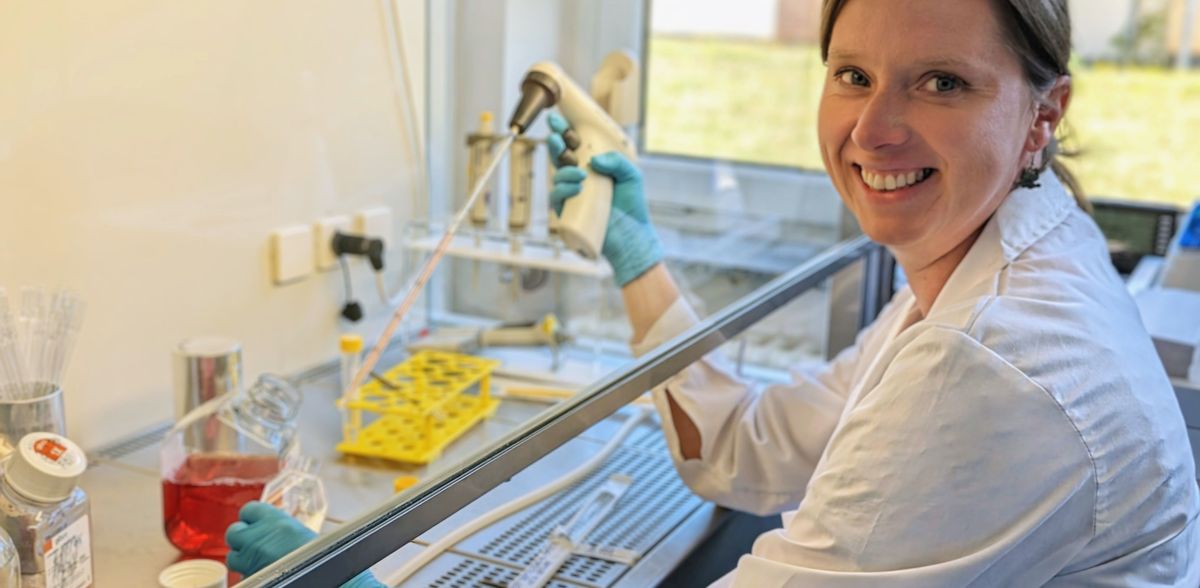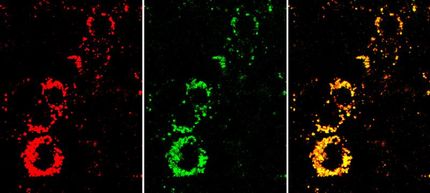Successfully reducing animal testing: The 3Rs principle in fish research
Investigation of cell cultures provides insights into climate change
According to animal experimentation statistics, fish are the second most commonly used group of animals in research after mice. They play an important role in aquaculture and also serve as model animals in various research areas.
"Applying the 3Rs principle means reducing, refining and replacing animal experiments to improve ethical standards and minimize the use of animals," explains PD Dr. Bianka Grunow, head of the "Growth Physiology of Fish" working group at the Research Institute for Farm Animal Biology (FBN) in Dummerstorf. A recent review and options for improving fish welfare in animal studies was published in May in Reviews inReviews in Fish Biology and Fisheries.
The working group "Growth Physiology of Fish" at the FBN is therefore focusing on three core topics where the 3R principle is central: The analysis of fish fillets to draw conclusions about animal quality and health; the development of fish larvae to improve husbandry methods; and the study of fish cell culture systems. While the first two research areas focus primarily on animal welfare in aquaculture facilities, the study of cell culture systems aims to replace animal testing on fish and thereby reduce animal testing.
Reduce, refine, replace - a win-win situation for science and industry
By using cell culture systems, which are already standard in human research, many conventional animal experiments in fish research become obsolete. This approach not only offers ethical benefits, but also opens up new opportunities to improve research efficiency and reduce resource consumption and environmental impact. Reducing, improving and replacing animal testing is increasingly being discussed in the research community, as well as in government and society. "Although fish do not have the same expression as mammals, the high number of fish in experiments makes it even more important to fundamentally understand this vertebrate group," emphasizes PD Dr. Bianka Grunow. By applying the 3Rs principle and using modern technologies and innovative research methods, scientists will be able to address increasingly complex questions in the future without having to resort to large numbers of experimental animals.
Investigation of cell cultures provides insights into climate change
The study of cell cultures also enables fundamental insights into the effects of climate change. "By producing cell cultures from fish tissue and studying the cells on a physiological basis, we can, for example, draw conclusions about the effects of rising water temperatures or reduced oxygen levels - and without using animals," explains PD Dr. Bianka Grunow. Rising temperatures affect the survivability of fish and especially fish larvae, especially in shallow water areas such as coastal areas. In addition, the amounts of pollutants are higher in coastal waters. The knowledge gained from the study of cell cultures can be used in the aquaculture industry as well as for other ecotoxicological issues in research.
Original publication
Other news from the department science
Most read news
More news from our other portals
See the theme worlds for related content
Topic world Cell culture technology
Cell culture technology is a central pillar in biotechnological and pharmaceutical research and development. It enables the growth and maintenance of cells under controlled laboratory conditions, providing a window into the molecular and cellular processes of life.

Topic world Cell culture technology
Cell culture technology is a central pillar in biotechnological and pharmaceutical research and development. It enables the growth and maintenance of cells under controlled laboratory conditions, providing a window into the molecular and cellular processes of life.





















































